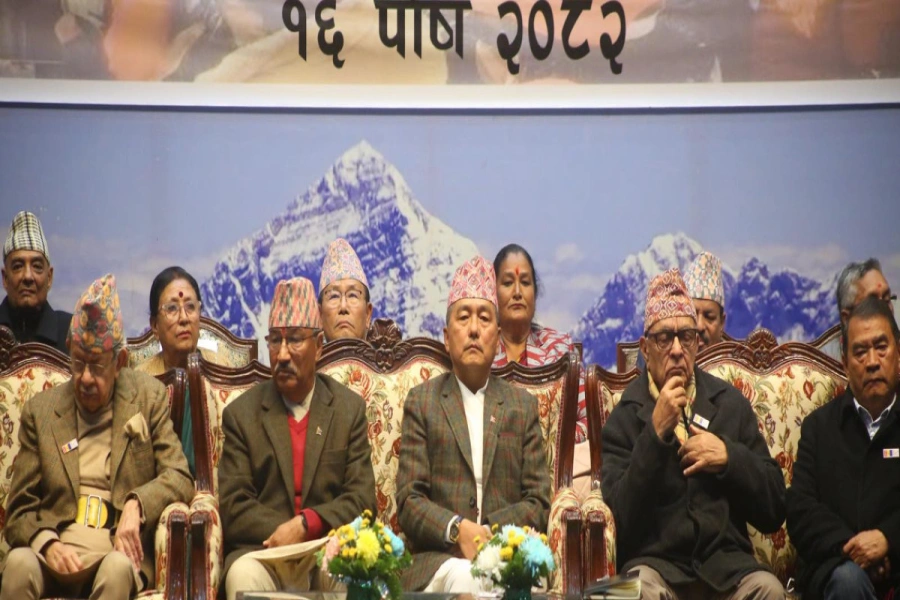Govt authorities are doing almost nothing about it, claiming that the insects here will have minimum impact
KATHMANDU, June 30: Locusts’ infestation has expanded to 28 districts in just two days of swarms of the insect entering the country on Saturday.
Although the damage by the swarms is estimated to be nominal as of now, the government is ‘just doing nothing’ to check the upsurge of the insects that often cause a huge damage to food crops along with its invasion. The government bodies concerned have been reiterating that the number of the insects entering Nepal is not very big and can be moved away by producing high pitch sounds in the affected areas.
Locusts at Rajasthan heading northeast, risk of entering Nepal

While the government bodies concerned are apathetic to tackle the problem, locusts’ infestation is found to have damaged crops in 12 districts. According to Locusts Information Center, the swarms ate corn planted in 1,000 hectares of land in Makwanpur Gadhi alone.
Sahadev Humagain, coordinator of the government-formed task force to tackle the locusts’ invasion, told Republica Online that locusts are getting expanded from Tarai region to mid-hill region including the Kathmandu valley. At the initial stage, the insects were observed in four districts - Rupandehi, Bara, Parsa and Sarlahi.
Humagain said the wind pressure is shifting from the southern to the northern region, which has affected the movement of locusts, accordingly. He said infestation was observed on Monday in Dang, Pyuthan, Kathmandu, Lalitpur, Bhaktapur, Makwanpur and Kailali districts. “As locusts have appeared in a group of just 200-400 in some hilly areas while they are in countable numbers in other locations, they are less likely to cause any big damage to the green plants there,” he said.
The meeting of the Ministry of Agriculture and Livestock Development held on Sunday had decided to direct the provincial governments to immediately go into action by spraying pesticides, using drone and fire extinguisher devices. However, the decision hasn’t been implemented as of now.
Humagain who is also the chief of the Plant Quarantine and Pesticide Management Centre, said he was not for using chemicals to check the insects spread in the current situation. “As the group size is not too big and also using chemicals largely affects the human health and food crops, it is better to use other physical means like sound producing devices, net or smoke to keep the insects away,” he said.
Denying the possibility that the newly-transplanted rice seedlings can get affected by the swarms of locusts, Humagain said that the insects usually do not invade the flooded paddy fields and during rainfall.
Humagain claimed that locusts might not stay for a longer time in a Himalayan country like Nepal. According to him, the average lifetime of an adult locust is around 30 days. “The insects breed only in desert sand. Shortly they are likely to return to India to lay eggs,” he said.


































